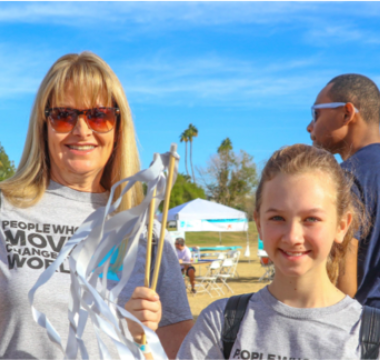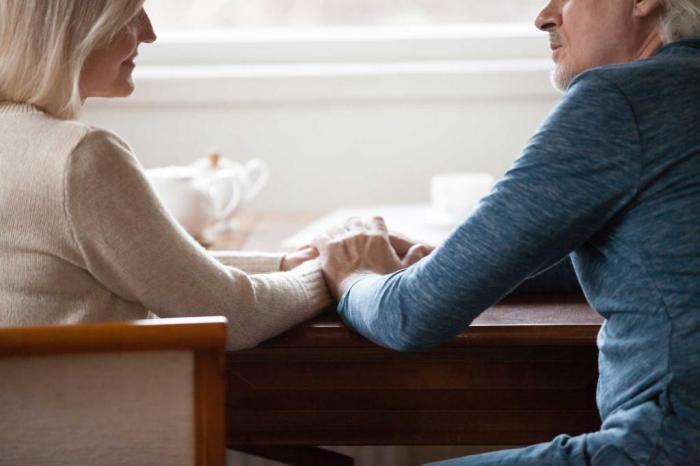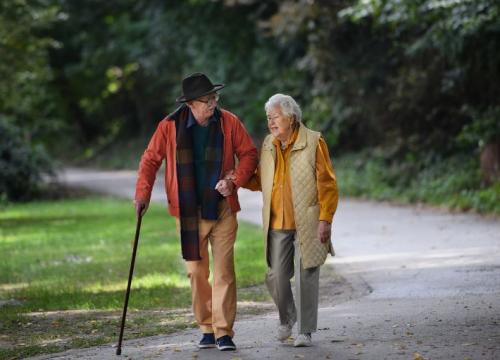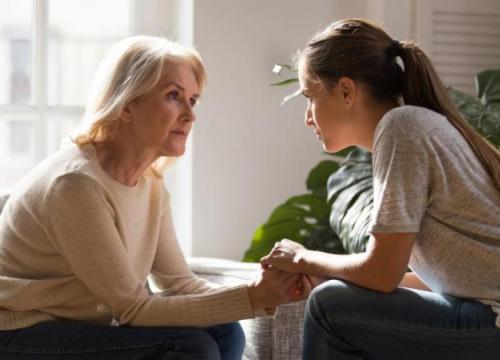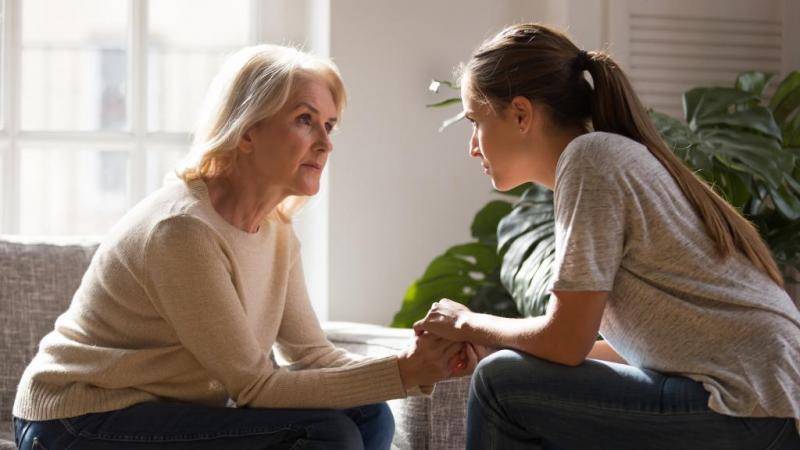Podcast Playlist: 7 Podcast Episodes to Get You Through Winter

With cold temperatures and short days, winter may also coincide with feelings of isolation or loneliness. Know that you are not alone. The winter blues are common and can be triggered by the smallest occurrences. Whether you’re feeling down or simply need an escape, tune into our Substantial Matters: Life and Science of Parkinson’s podcast episodes and tackle the seasonal lows with some of our most popular podcast episodes featuring Parkinson’s disease (PD) experts.
1. Mental Health in a Medical Setting
Mental health issues are often a part of a chronic disease such as Parkinson’s, but no one comes into a disease as a blank slate. Therefore, distress in the setting of a disease should not only be ascribed to having the disease but should also take the whole person into account.
2. Recognizing Non-motor Symptoms in PD
In addition to tremor or stiffness, people with PD are often troubled by common non-motor symptoms such as fatigue, pain, disturbed mood or cognition. Visits to PD specialized therapists, exercise, dance and other movement regimes can help alleviate these problems.
3. A Western Perspective on PD: Understanding Complementary Medicine
While the traditional medicine from a Western perspective typically include drugs, rehabilitation therapies or surgical operations, many Eastern cultures take a holistic approach to treatment through the use of herbs, acupuncture, dietary therapy and other techniques aimed at restoring a healthy balance.
4. Autonomic Problems
A comprehensive, team approach can help people with PD improve quality of life issues that may not come up during routine doctor visits due to the associated stigma or potential feelings of embarrassment. These issues can include sexual/intimacy matters, blood pressure drops or urinary symptoms and often have easy solutions when addressed.
5. Talking to Children About Parkinson’s
Receiving a Parkinson’s disease diagnosis, especially at an early age, can be seen as disrupting an entire life plan. But it doesn’t have to. This episode offers advice about how to talk to children about the disease, where to turn for resources, and how having a relative with a chronic disease can have positive aspects for a child.
6. The Benefits of Exercise for People with Parkinson’s
Regular exercise is essential for people with Parkinson’s and has been shown to improve many PD symptoms including balance, mobility, issues with depression and constipation. Additionally, research shows that exercise may have a protective effect on the brain, slowing the degeneration of brain cells.
7. More Than Movement: Addressing Cognitive and Behavioral Challenges in Caring for PD
Addressing cognitive, behavioral, emotional and other neuropsychiatric issues may be challenging for physicians and for those they treat. This episode highlights an integrated cognitive behavioral movement disorder program addressing these challenges.
New to podcasts? Listen online or read our How to Subscribe article.
Related Blog Posts

20 Parkinson’s-Friendly Gifts

8 Tips for Traveling with Parkinson’s














